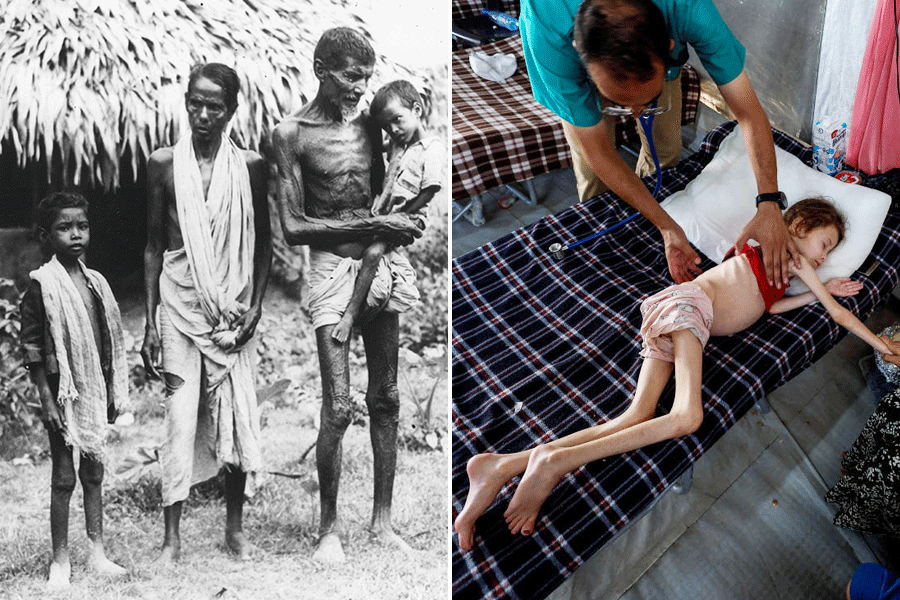London, Sept. 1 (PTI): British military scientists sent hundreds of Indian soldiers into gas chambers to test mustard gas during more than a decade of experiments that began before World War II, The Guardian newspaper reported today.
The British military did not check up on the Indian soldiers after the experiments to see if they developed any illnesses. It is now recognised that mustard gas can cause cancer and other diseases.
Many suffered severe burns on their skin, including their genitals, leaving them in pain for days and even weeks. Some had to be treated in hospital.
The trials have been thrown into the spotlight by newly discovered documents at the National Archives which have shown for the first time the full scale of the experiments. The Indian troops were serving under the command of the British military at a time when India was under colonial rule.
The experiments took place over more than 10 years before and during World War II in a military installation at Rawalpindi, now in Pakistan. They were conducted by scientists from the Porton Down chemical warfare establishment in Wiltshire who had been posted to the subcontinent to develop poison gases to use against the Japanese.
The Indian tests are a littleknown part of Porton’s huge programme of chemical warfare testing on humans. More than 20,000 British soldiers were subjected to chemical warfare trials involving poison gases, such as nerve gas and mustard gas, at Porton between 1916 and 1989. Many of these British soldiers have alleged that they were duped into taking part in the tests, which have damaged their health in the years after the trials.
The reports record that in some cases Indian soldiers were exposed to mustard gas protected only by a respirator. On one occasion, the gas mask of an Indian sepoy slipped, leaving him with severe burns on his eyes and face.
The tests were used to determine how much gas was needed to produce a casualty on the battlefield.
In 1942 the Porton scientists reported that there had been a “large number” of burns from the gas among Indian and British test subjects. Some were so harsh that they had to be sent to hospital. “Severely burned patients are often very miserable and depressed and in considerable discomfort, which must be experienced to be properly realised,” wrote the scientists.
Other soldiers were hospitalised for a week after they were sent into a gas chamber wearing “drill shorts and open-necked, khaki, cotton shirts” to gauge the effect of mustard gas on their eyes.
The trials had started in the early 1930s when Porton scientists wanted to find out if mustard gas inflicted greater damage on Indian skin compared with British skin. More than 500 Britons and Indians were exposed to mustard gas.
Alan Care, a lawyer representing British troops tested at Porton, said: “I would be astonished if these Indian subjects gave any meaningful consent to taking part in these tests.”











